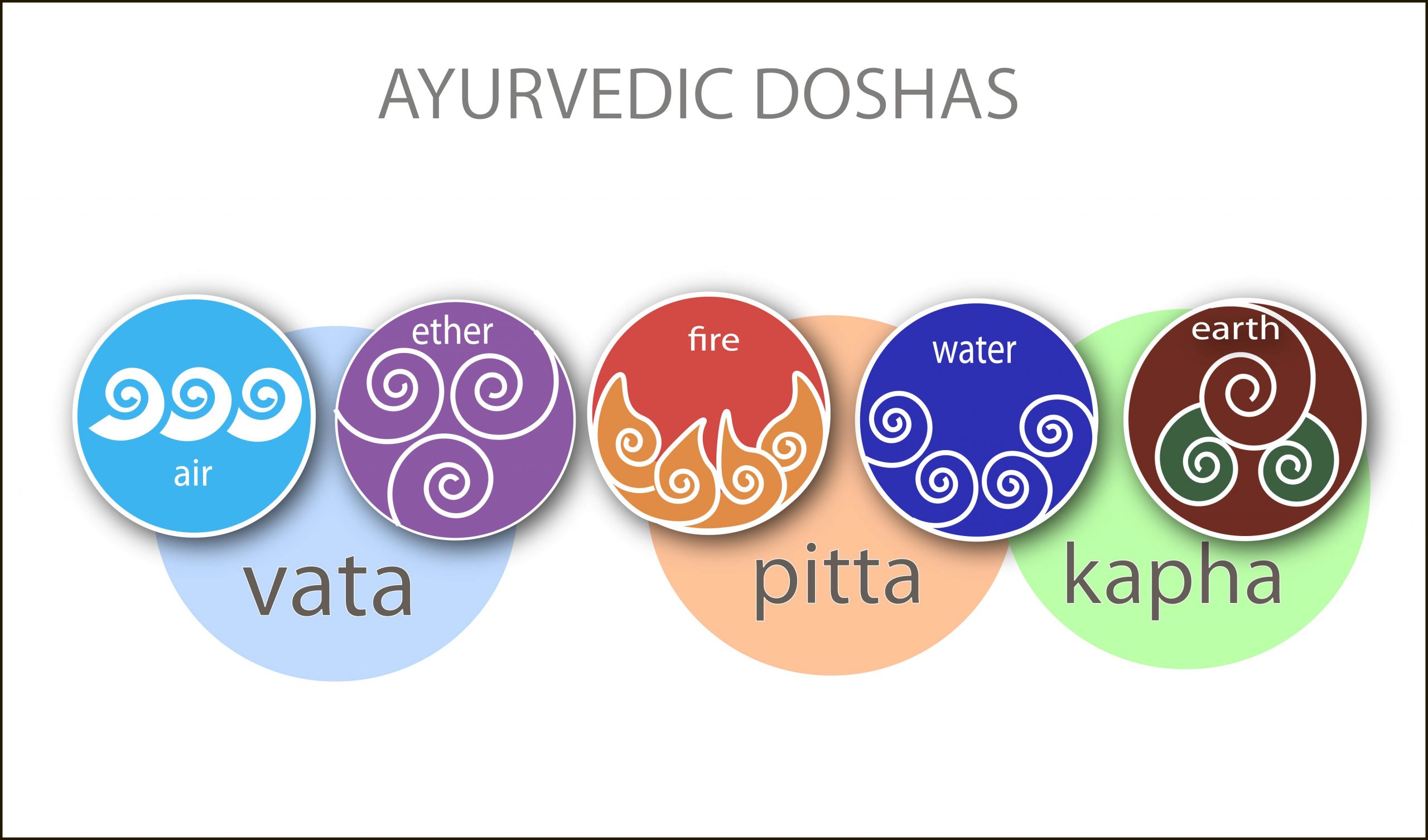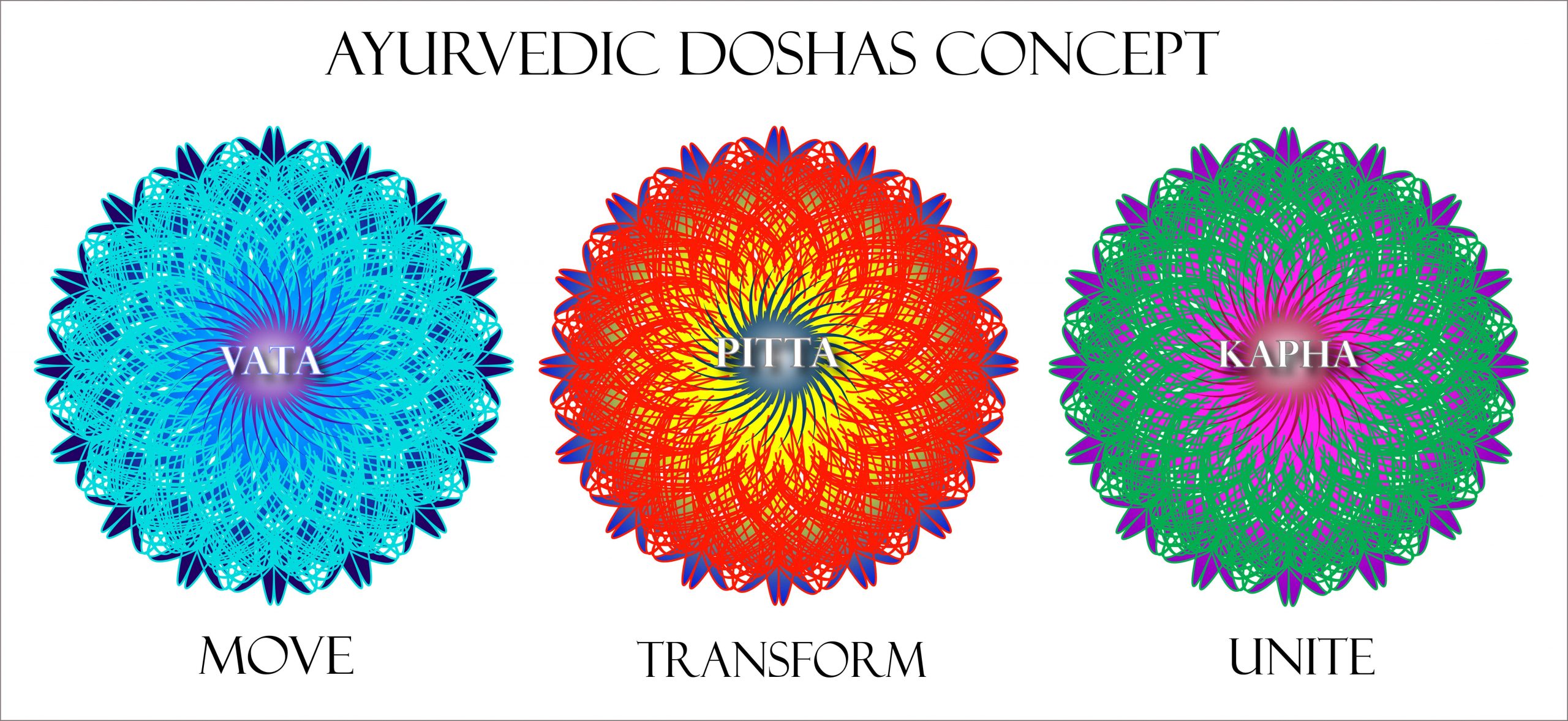Ayurvedic medicine has been in history for thousands of years and is still used today. This traditional form of Indian medicine mostly uses herbs to cure diseases. It is valued as it has little to no implications on human health.
Ayurveda combines three states of health – physical, psychological, and spiritual – and emphasizes on an individual’s dosha to determine their health and personality. Dosha is a type humor in your body. When translated to English, Ayurveda means “the science of life.” Health experts do not believe in Ayurveda’s personal doshas as there is no scientific proof to support it. All the same, proponents of this form of medicine claim following a certain dosha health practice can lead to well-being. This article discusses the doshas in Ayurveda.
Ayurveda and Doshas
Ayurvedic medicine believes that the world is composed of five elements, that is, Aakash, Jala, Prithvi, Teja, and Vayu, or space, water, earth, fire, and air, respectively. If each of these elements are combined, three humors or doshas are created, which are vata, kapha, and pitta. According to the proponents of Ayurveda, each dosha plays a role on an individual’s mental, emotional, and physiological health. It is believed that the ratio of each dosha is unique for every person and one dosha can stand out more than the others. For instance, one person may be mostly kapha while the other may be mostly pitta. You can determine your dosha with the help of an Ayurvedic practitioner. The uniqueness of every person’s ratio of pitta, kapha, and vata defines their Ayurvedic constitution. Lack of scientific studies and funding is claimed by proponents of Ayurveda to be the cause of little evidence supporting the legitimacy of doshas.
Explanation of Each Dosha
Since they have been practicing for long on Ayurveda, an Ayurvedic practitioner can help you determine your dosha based on your emotional, mental, physical, and behavioral traits. Below is a brief explanation of each dosha.
Vata
Vata is a combination two elements – space and air, which is also known as ether. Vata is often described as being spacious, rough, dry, light, cold, and flowing. It is believed to be autumn which has cool and crisp days. People who are mostly vata dosha have slim body, are energetic and creative. Their thoughts are sometimes outside the box but they can easily get distracted. The mood of vata dosha people is often determined by the weather, foods taken, and people around them.
Their strengths include quick ability to learn, high creativity, multitasking, kind-heartedness, flexibility, and naturally slim. Their weak areas include forgetfulness, anxiety, get overwhelmed easily, unstable mood, poor circulation, especially on extremities, trouble sleeping, sensitivity to cold, and appetite irregularity. Based on Ayurveda beliefs, a vata dosha person should keep themselves warm by eating warm foods, manage stress effectively by meditation, and stick to a regular daily routine, for optimal health.
Kapha
In Ayurveda, kapha is pronounced as “kuffa” and combines two elements earth and water. It is generally described as being heavy, steady, soft, slow, cold, and stable. Spring represents kapha season. People who are mostly kapha are believed to be caring, strong, and have thick bones. These people are known for bringing things together and being a reliable helping hand for others. Kapha dosha people don’t get upset easily, base their actions on deep thoughts, and sail through life slowly and deliberately.
Empathy, caring, trusting, wisdom, happiness, romance, patience, calmness, and strong immune system, joints and bones are some of their strengths. Their weaknesses include, increased risk of heart disease, depression, too much sleep, sluggishness, easy to gain weight, slow metabolism, require regular motivation, and are prone to mucus build up. According to Ayurveda, for kapha-dominant people to have better health, they should exercise regularly, stick to a healthy diet, establish a regular bedtime routine, and keep themselves warm.
Pitta
A combination of fire and water brings pitta dosha, that is known to have a tenacious personality. This dosha is described as being hot, oily, liquid, light, mobile, and sharp. It is represented by summer season that has hot sunny days. A pitta dosha person is described as being muscularly built, is athletic, and possess a strong trait of leadership. They are also goal-oriented, have high motivation, and are competitive. On the other hand, people can sometimes get offended by their tenacious and aggressive nature. In fact, conflict can arise due to these personalities.
The strength of a pitta dosha person include quick metabolism, intelligence, good circulation, learn and master new skills easily, strong desire to succeed, purposeful, quick learner, healthy skin, highly determined, and healthy hair. They are however, impatient, sensitive to hot temperatures, susceptible to conflicts, easily develop acne and inflammation, feels hungry always, and have mood changes when hungry. A pitta dosha person should strive to balance work and life and avoid spicy foods and extreme weather.
Practices For Each Dosha
To achieve balance and harmony, a person should strive to stick to certain practices, according to Ayurvedic medicine. For the three doshas, there are recommended diet, exercise, and lifestyle.
Diet
While there is little evidence to back this idea, a certain diet for a person’s dosha can help them achieve optimal health and balance their dosha. A vata dosha person should eat warm, moist, and soft foods like brown rice, lean meat, and cooked vegetables, while avoiding bitter, dried, and cold foods like cold desserts. Kapha-dominant people should eat spicy, acidic, and filling foods like low-fat cheese and avoid heavy fat foods like processed foods. Meanwhile, a pitta dosha person’s diet should include light, cold, and energizing foods and be rid of heavy, spicy, and sour foods.
Exercise
People who are mostly vata should engage in “on-the-go” activities like cycling and tai chi. Those on the kapha group are best suited for cardio and weight resistance exercises. Pitta dosha people work best with team exercises and should avoid working out in the heat.
Conclusion
Ayurvedic medicine is an old form of medicine used today and emphasizes on the healing of the entire body. Without balancing the three doshas of Ayurveda, one is likely to have poor health. To achieve optimal health, one should exercise and eat certain foods, not forgetting to follow a certain lifestyle.







